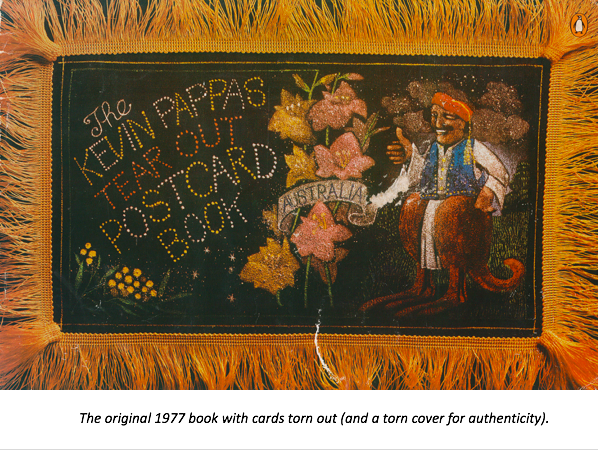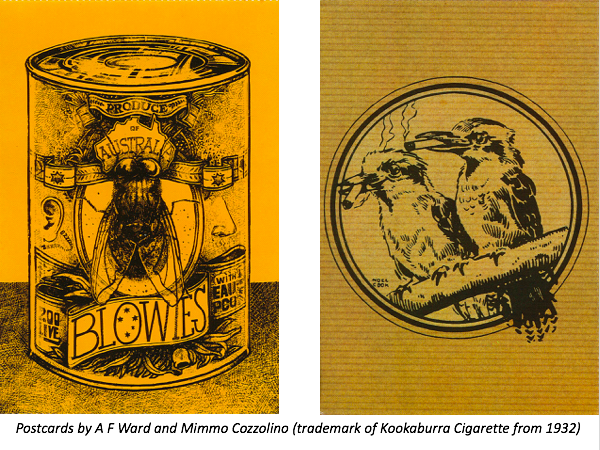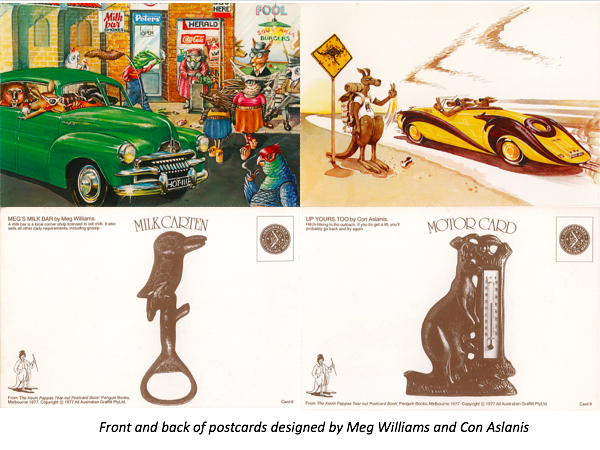
Who’s to blame when the ATO makes a $60 billion error? Business people making mistakes filling out the application forms, that’s who they blame.
This has a double whammy: this allows them to fiddle the numbers to make up the missing amount, and its entirely believable for anyone who has ever tried to fill out a government form, that’s how badly designed and infuriatingly complex they are.
The implied fix required is to improve the form by using a professional graphic designer with experience in forms. But no. Bureaucrats, like most Australians, love DIY and there are dozens of digital programs to indulge their belief they can do a better job; and save money.
The wide range of graphic design professions, including photography, taught in tertiary schools as ‘visual communications’, have seemingly been rendered redundant by widely available computer programs. Anyone with a digital camera (or phone), and a computer, believes they have inherent visual knowledge.
But they don’t. It’s not about the lenses, film, dark rooms or digital manipulation (the technology). It’s an understanding of composition, lighting and narrative (the skill). So many dull and lifeless photos without the latter.
Computer graphic design programs have encouraged everybody to believe they are a creative graphic designer. But the look is usually cheap, nasty and derivative. For Instance, how many ‘Powerpoint’ presentations have you endured, or slept through, that are visually hyper-boring. The program’s default settings are all graphically bad, really bad. And you can’t easily turn them off.
In true DIY spirit many Australians design everything in their life: homes, clothes, business cards, wedding stationery and so forth. A great dumbing down of design professionals, often denigrated in the right-wing press as elites, rather they suggest you can do it all yourself. Enshrined in ‘The Castle’ movie, where DIY lawyering saves a truly hideous house.
Let’s KISS: keep it simple sweetheart (and break it down): visual communication is about communicating visually, to convey something more clearly in a graphic than it is aurally. Picture tells a thousand words. Tell me, I’ll forget; show me, I may remember; involve me and I’ll understand.
Good graphics involve the viewer.
Australia has some great graphic designers. Let’s start with the Aboriginal flag, by Harold Thomas, a Luritja man and artist. So strong, so powerful and so brilliantly symbolic. Just like the Southern Cross in the Eureka flag. Compare them to the compromised milquetoast that is our official country flag. Kiwis got close to ditching their similar stew, but as long as we have Peter Fitzsimons and Harold Scruby at the helm of change, nothing will.
Let’s celebrate two great contemporary graphic designers. Michael Bryce, his wife Quinton's ‘handbag’ when she was GG, had a great career, including creating the graphics throughout our National Parks. Vince Frost continually turns out inventive and clear communications, as well as hosting talks and webinars to raise the community’s understanding of graphics.
Despite this extraordinary tradition and outreach, the profession of graphic designer is fading very fast in Australia; death by DIY.

But there was one brilliant period that celebrated both sides of the street. In the 1970’s a group of graphic artists coalesced in Melbourne as All Australian Graffiti.
Like the early members Mimmo Cozzolino and Con Aslanis, most were immigrants, or children of. They used tropes and memes from everyday multicultural suburban life and popular 60’s and 70’s culture to produce quintessential Australian imagery, often poking fun at Australia's unique fauna.

Their laconic humour was embodied in Kevin Pappas, half man - half kangaroo, who was their faux leader, in whose name they released a tear out book of postcards in 1977, full of visual jokes, patterns, and creativity. It was both DIY and graphic sophistication writ large at 6” x 4”.

The simple joyousness of their work goes hand in hand with the comedy of ‘The Last Laugh’ cabaret, La Mama Theatre and the architecture of Edmond and Corrigan, who used the motifs from suburbia in social housing in Carlton and Fitzroy. You can also find it on the cover of Mental As Anything's LP ‘Creatures of Leisure’ from our column 3 weeks ago (here).
Mimmo Cozzolino (with Fysh Rutherford) went on to research and create the 1980 book, ‘Symbols of Australia’, a gathering of trademarks that remains a vital re-published reference work, and continued his graphic career, co-founding the Australian Graphic Design Association (AGDA) in 1987, and moving to educating about the importance of graphics as well as producing it, as did many of the members of that 70’s Melbourne collective, up to today.

Here’s some postcards to enjoy from a time when graphics was a profession with creativity, joy, humour that celebrated Australian themes.

Images taken from ‘The Kevin Pappas Tear Out Postcard Book’, Penguin, Melbourne 1977.
plus 1 / plus one / +one is a collective of designers and artists promoting sustainability and Australian design. You can contact +one at plus1.plusone.one@gmail.com

